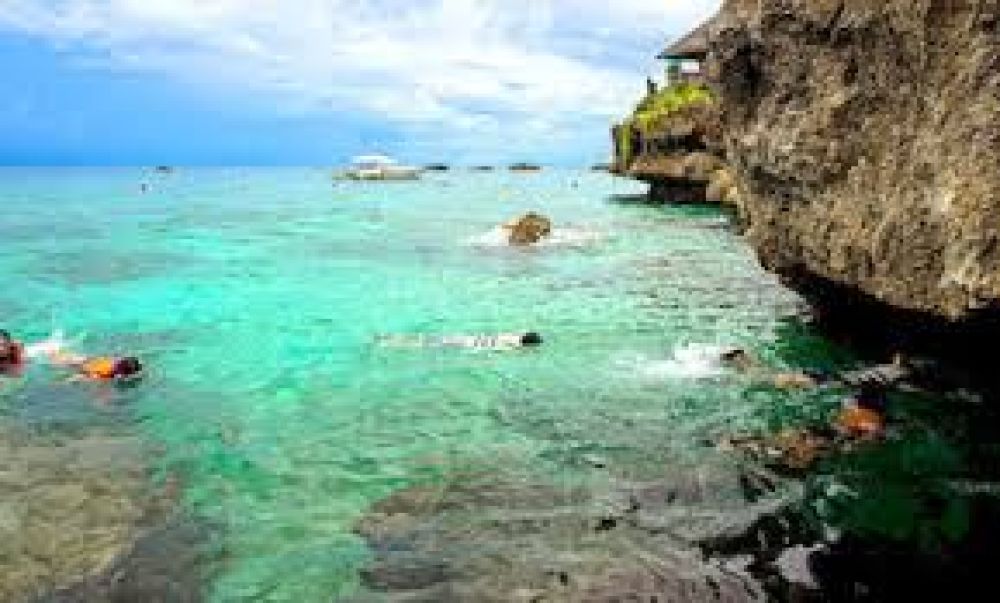

The picturesque island known as Boracay, with its white sandy beaches and crystal-clear waters, has been a beacon for travelers for several decades. Within this tropical haven lies a smaller, uninhabited piece of land famous for its marine diversity and snorkeling spots: Crocodile Island. Despite its name, Crocodile Island does not house crocodiles but rather was named for its resemblance to the shape of a crocodile's back when viewed from a distance.
Boracay's history of tourism dates back to the 1970s when the island was discovered by travelers as a backpacking haven. Its charm quickly spread by word of mouth, leading to an influx of visitors seeking to experience its idyllic shores. Crocodile Island, a short boat ride away from the main beaches of Boracay, soon became an integral part of the Boracay tourist trail for its teeming underwater life and coral gardens.
With the steady increase in tourists, both the Philippine government and private stakeholders started investing in infrastructure and accommodations to cater to the growing demand. The rise of eco-tourism was a significant trend that shaped the experiences offered around Boracay. Crocodile Island has become a popular destination for those who are eco-conscious and seek to indulge in snorkeling and diving activities while respecting the natural environment.
The 21st century brought a new set of challenges for Boracay, including concerns over environmental sustainability. In response, the government has implemented regulations to protect its natural ecosystems, which also affected tourism on Crocodile Island. The island was temporarily closed to tourists in 2018 to undergo rehabilitation, ensuring the preservation of its marine habitats for future generations.
Since then, Boracay and Crocodile Island have reopened with a stronger emphasis on responsible tourism. Visitor caps and strict guidelines are now in place to minimize the environmental impact. The latest tourism trends in Crocodile Island focus on small-group tours, snorkeling excursions, and educational experiences about marine conservation.
To accommodate the shift in travel behaviors post-pandemic, there has also been an increase in private tours offering personalized and socially-distanced experiences. Tourists are now more interested in outdoor activities that allow for natural social distancing, making Crocodile Island an ideal spot.
Looking ahead, the future of tourism in Crocodile Island, Boracay, is poised to center on sustainable practices. Efforts continue to balance the needs of the environment with the desires of travelers seeking paradise. As Boracay evolves, Crocodile Island remains a testament to the Philippines' commitment to preserving its natural beauty while sharing it responsibly with the world.